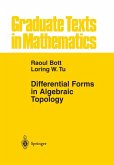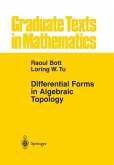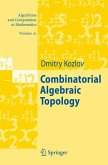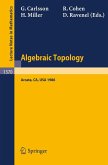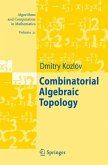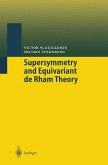The homology of manifolds enjoys a remarkable symmetry: Poincaré duality. If the manifold is triangulated, then this duality can be established by associating to a s- plex its dual block in the barycentric subdivision. In a manifold, the dual block is a cell, so the chain complex based on the dual blocks computes the homology of the manifold. Poincaré duality then serves as a cornerstone of manifold classi cation theory. One reason is that it enables the de nition of a fundamental bordism inva- ant, the signature. Classifying manifolds via the surgery program relies on modifying a manifold by executing geometric surgeries. The trace of the surgery is a bordism between the original manifold and the result of surgery. Since the signature is a b- dism invariant, it does not change under surgery and is thus a basic obstruction to performing surgery. Inspired by Hirzebruch's signature theorem, a method of Thom constructs characteristic homology classes using the bordism invariance of the s- nature. These classes are not in general homotopy invariants and consequently are ne enough to distinguish manifolds within the same homotopy type. Singular spaces do not enjoy Poincaré duality in ordinary homology. After all, the dual blocks are not cells anymore, but cones on spaces that may not be spheres. This book discusses when, and how, the invariants for manifolds described above can be established for singular spaces.
From the reviews: "This is an excellent book, highly recommended to anyone interested in studying the topology of singular spaces. With modest prerequisites, the author defines intersection homology (both chain- and sheaf-theoretic), gives a self-contained treatment of t-structures and perverse sheaves, and explains the construction as well as algebraic and geometric properties of invariants such as the signature and L-classes associated to self-dual sheaves." (Laurentiu G. Maxim, Mathematical Reviews, Issue 2007 j) "In the book, the construction of these invariants for stratified singular spaces is presented, as well as some methods for their computation. Well written and with modest prerequisites concerning (co)homology theory, simplicial complexes and some basic notions of differential topology, the book is accessible to graduate students. Also, it is useful for the research mathematician wishing to learn about intersection homology and the invariants of singular spaces." (Gheorghe Pitis, Zentralblatt MATH, Vol. 1108 (10), 2007)


